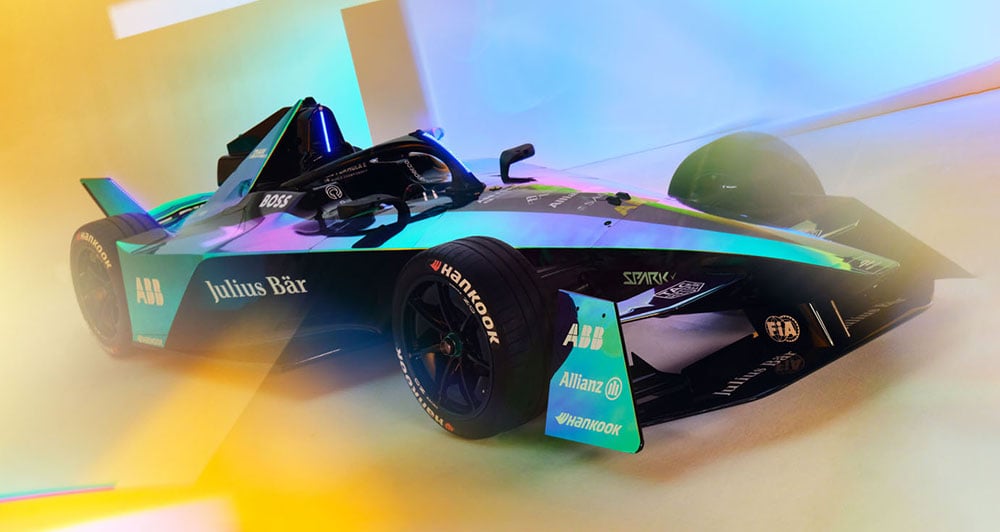
Formula E and the Fédération Internationale de l’Automobile officially revealed their third-generation race car at the Yacht Club de Monaco. The Gen3 race car, created by engineers and sustainability experts at the FIA and Formula E, represents the pinnacle of sustainability, efficiency and performance.
Debuting in the ninth season of the ABB FIA Formula E World Championship, Gen3 is the world’s first race car specifically designed and optimized for street racing. Aerodynamics was once the focal point for motorsport advancement in the past, but this time around, the software is where the competition is. The Gen3’s performance upgrades will be software-based, directly uploaded into the race car’s advanced operating system.


In the realm of performance, the Gen3 is the fastest Formula E car ever produced, hitting speeds of over 322km/h. It is also the most efficient, gaining over 40% of energy usage in a race from regenerative braking.
The Gen3 is also the first formula car to receive front and rear powertrains. With a total output of 816hp (600kW)—335hp (250kW) from the front and 470hp (350kW) from the rear—it delivers approximately 95% power efficiency. This is also another key aspect of Gen3’s performance (as opposed to only 40% efficiency from the most thermally efficient internal-combustion engine).
This means it has more than double the regenerative capacity of its predecessor. and it also comes with ultra-high-speed charging at 600kW, nearly double the charging power of the world’s most advanced commercial chargers. Interestingly, the Gen3 is the first formula car to ditch rear hydraulic brakes thanks to the new front powertrain and its regenerative capabilities.

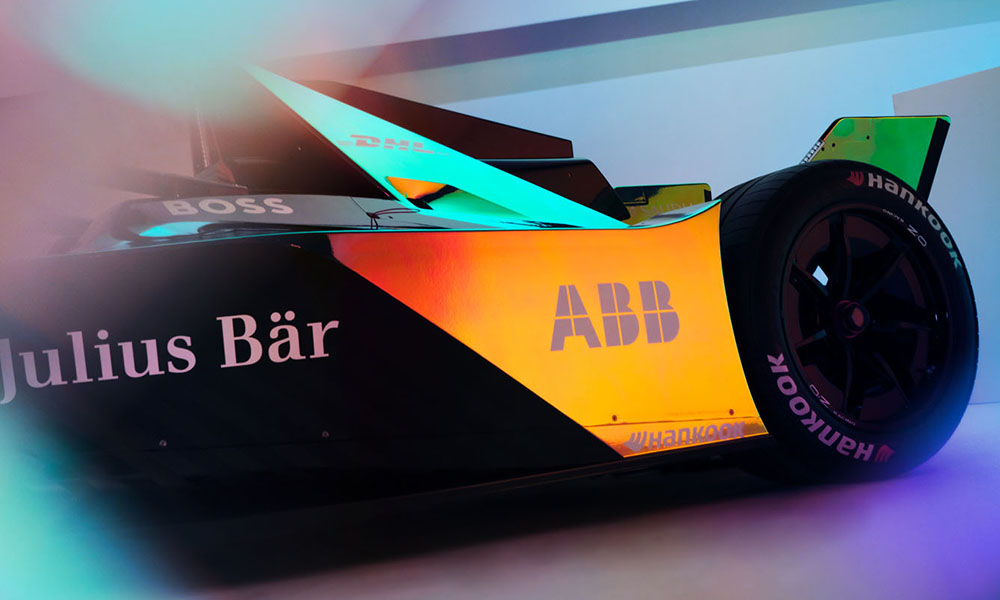
Sustainability is a crucial aspect of Formula E. Energizing the Gen3 are the most advanced and sustainable batteries ever produced, comprising sustainably sourced minerals. Upon the end of life, such batteries will be reused and recycled.
For the first time, linen and recycled carbon fiber (from retired Gen2 cars) will be used in bodywork construction. This lessens the use of virgin carbon fiber and promotes a 10% carbon footprint reduction with Gen3’s bodywork production. With the adoption of an innovative process from the aviation industry, waste carbon fiber will be utilized for new applications. Furthermore, natural rubber and recycled fibers will make up 26% of new Gen3 tires, and all used tires will be fully recycled.
Formula E is deeply committed to its net-zero carbon initiative. To curb environmental impact, Gen3’s carbon footprint has been measured from its design phase ensuring the greenest steps were taken and whatever unavoidable emissions would be offset. In addition, all Gen3 suppliers will operate at the highest international standards to further reduce the environmental impacts of manufacturing, and receive FIA three-star environmental accreditation.
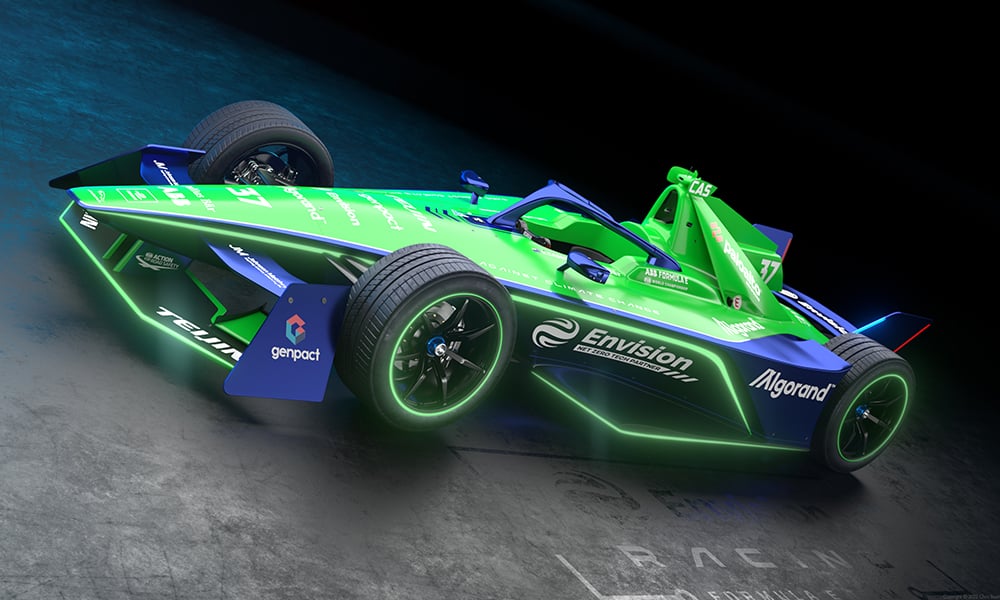
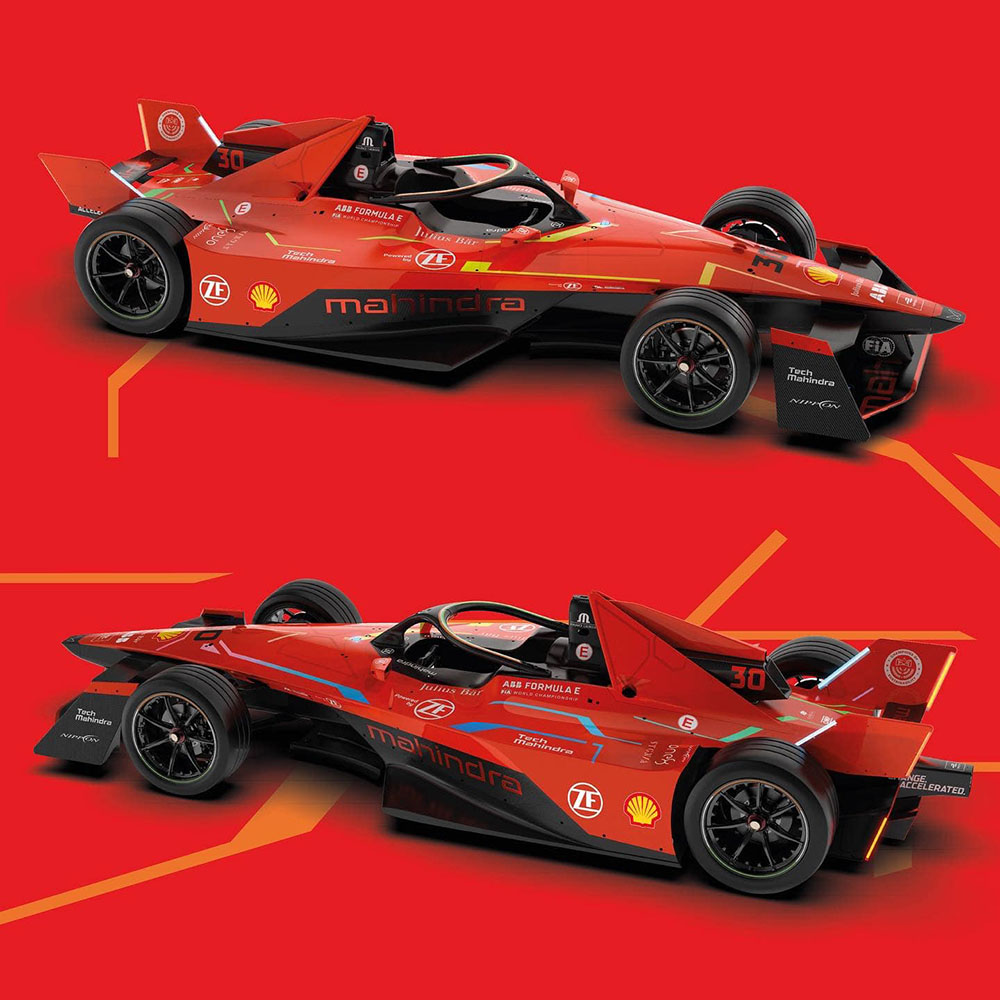
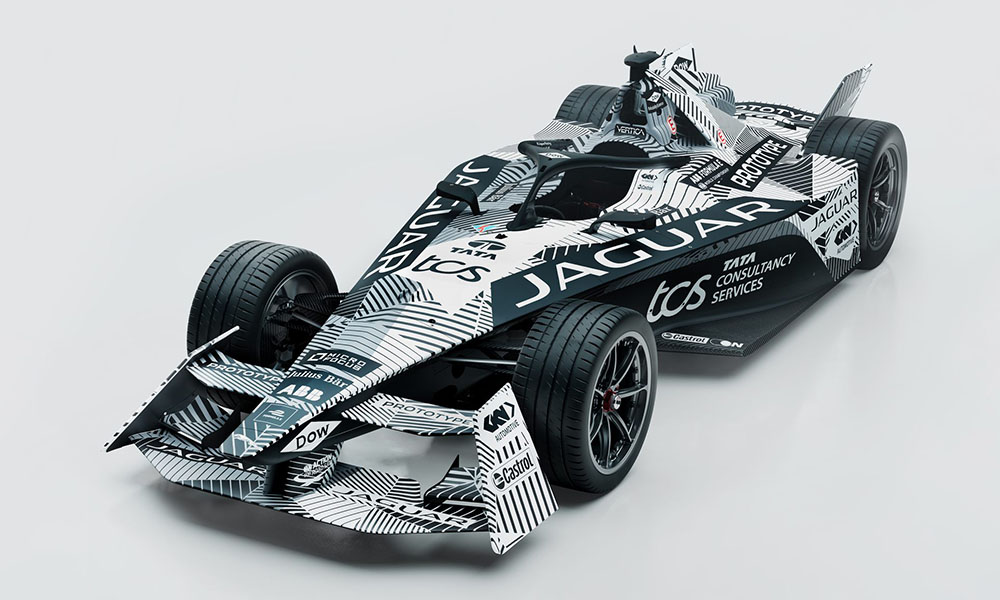

As of the moment, seven of the world’s leading automotive manufacturers have registered with the FIA to race the Gen3 in Season 9, with preseason testing happening this winter. The list includes DS Automobiles (France), Jaguar (UK), Mahindra Racing (India), Maserati (Italy), Nio 333 (UK and China), Nissan (Japan), and Porsche AG (Germany).


0 Comments